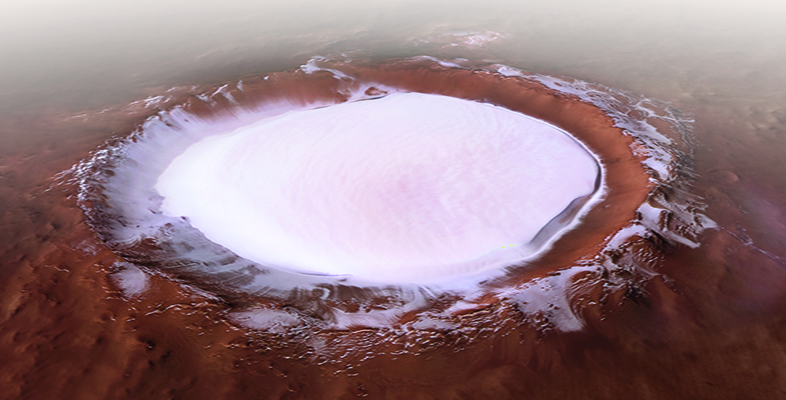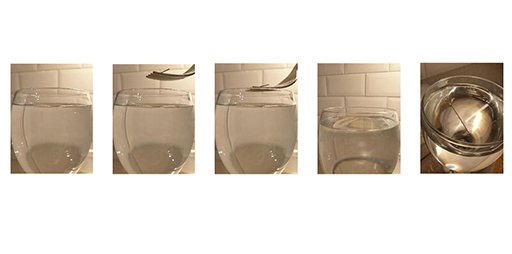Surface tension
Hydrogen bonds between molecules of water are quite strong so when water molecules come into contact with each other, they will be held together tightly. This tight packing creates a surface tension in the water that forces it to adopt the smallest shape possible. To understand this more, try this simple experiment.
Activity 2: Surface tension experiment
You will need:
- A clean (and detergent free) glass
- A sewing needle
- A fork
- Water
If you don’t have these items, you can still learn without carrying out the experiment.
Fill your glass with water. Notice the water surface appears ‘thicker’ against the glass. This is because it is slightly pulled upwards due to surface tension. Using the fork, gently place the sewing needle onto the water surface. Notice the ‘dents’ in the water around the needle. Again, this is because of the surface tension of the water; the strength of the hydrogen bonds is such that water can form a surface even against air. Surface tension against air is also the reason why raindrops are spherical.

